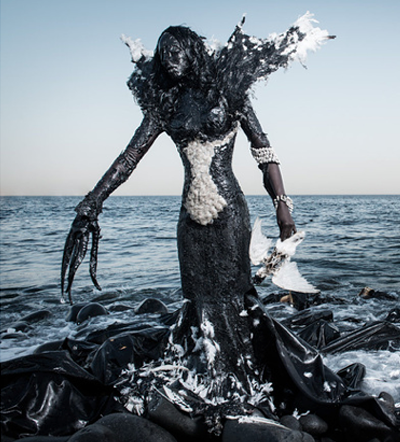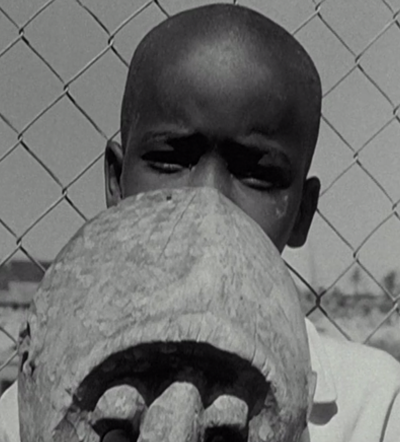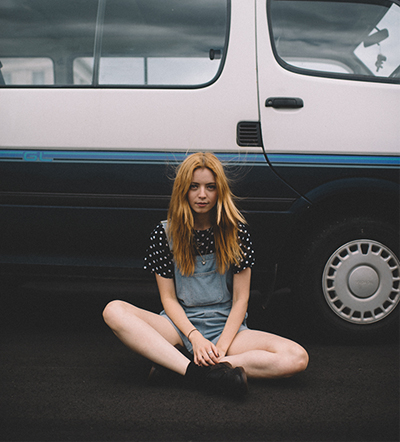
© Fabrice Monteiro
Jinn are described as the “supernatural genies omnipresent in African cultures”. Fabrice Monteiro has been working with Ecofund in Senegal, West Africa, to create images that weave together interpretations of these supernatural beings and very real scenes of Senegal’s environmental destruction. Detailed costume and lighting design are used to turn locations representative of ecological damage into images of foreboding, and Monteiro’s decision to give these harsh scenes human faces means we can more easily interpret the pain, anguish, demise and, hopefully, strength. When we scrutinize the immensely detailed images, the alien landscapes are exposed as foreign realities that offer powerful insight into our own future if we do not alter our current trajectory. Prophecy has been created to distribute as an educational art book through the Schools of Senegal.




 Facebook
Facebook Permalink
Permalink Digg
Digg Reddit
Reddit LinkedIn
LinkedIn StumbleUpon
StumbleUpon Tumblr
Tumblr


